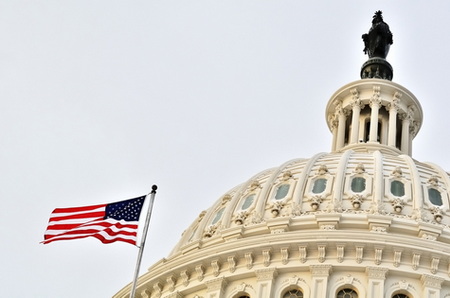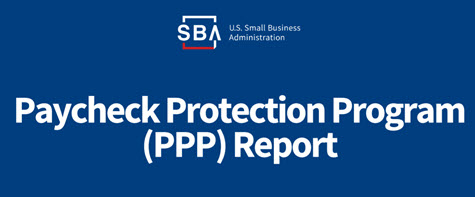
The Real Estate Roundtable on April 8 submitted an 8-Point Plan to clarify and improve the Payroll Protection Program (PPP) to congressional leadership, Treasury Secretary Steven Mnuchin and Small Business Administrator (SBA) Jovita Carranza. (Roundtable Letter and 8-Point Plan)
- The Roundtable supports the intent of the PPP in the CARES Act, and the efforts to get SBA loans to struggling individuals, families and businesses as soon as possible.
- The CARES Act passed by Congress and signed by President Trump on March 27 established the PPP to provide financial assistance to “any” business concern that has 500 employees or less, or meets small business size standards used by SBA for its existing loan program. Larger companies sized-out of the PPP might obtain credit support through the Federal Reserve’s new Main Street Lending Program, and its expanded Term Asset-Backed Loan Facility (TALF). (See story above for more details)
- The Roundtable’s recommendations detailed in the “8-Point Plan to Reform the PPP” would significantly help avoid potential calamitous economic consequences for small businesses.
- The letters to Congress, Treasury, and SBA transmitting the 8-Point Plan warn of foreclosures by lenders upon building owners who go into mortgage default because rents are not being paid to cover debt service. The Roundtable’s plan thus supports use of PPP loans to help businesses pay rents and other operating expenses.
- The Roundtable letter urges Congress and the Administration’s agencies to enact 8 improvements as swiftly as possible to clarify, streamline and improve the process.
- Additionally, a coalition including The Roundtable today wrote to Fed Chair Jay Powell, Treasury Secretary Mnuchin and SBA Administrator Carranza to request additional guidance on current business affiliation rules as part of the PPP. (Coalition affiliation rules letter, April 10)
- Among its requests, the coalition urges the policymakers to allow small businesses supported by venture capital, angel capital and private equity firm investors to access critical funding that would help retain workers and jobs during the economic fallout of this health crisis.
Since the SBA launched the program last Friday by making borrower applications available on-line, demand for PPP loans has been intense. Challenges have included a massive influx of traffic that has brought website application sites down, confusion over specific application packages, and the technology used to process loans and approve lenders. (The Hill, April 9 and Wall Street Journal, April 10)
Roundtable Member’s Successful PPP Experience
A successful example this week of PPP funding is profiled in an interview recorded today by Roundtable President and CEO Jeffrey DeBoer with Roundtable member Albert Dwoskin, President and CEO of A.J. Dwoskin & Associates, Inc. (Watch the interview here)
- Mr. Dwoskin’s company, facing a sudden halt in rental payments due to the pandemic, immediately sought PPP funding to stabilize its capital needs and retain more than 100 employees. “The application went in on Tuesday and was funded on Friday. We didn’t expect that,” Dwoskin says in the interview.
- Dwoskin’s Vice President of Accounting & Finance Natalia Ostroveanu, also details the PPP loan process. “J.P. Morgan had a question as part of their review … because the number of employees on the application was different than what the report from ADP showed. And once I explained to them the reason for that number, they were okay with it and that was yesterday morning. Today, this morning, we already received the funds,” Ostroveanu states.
Since the SBA launched the program last Friday by making borrower applications available on-line, demand for PPP loans has been intense. Challenges have included a massive influx of traffic that has brought website application sites down, confusion over specific application packages, and the technology used to process loans and approve lenders. (The Hill, April 9 and Wall Street Journal, April 10)
# # #


